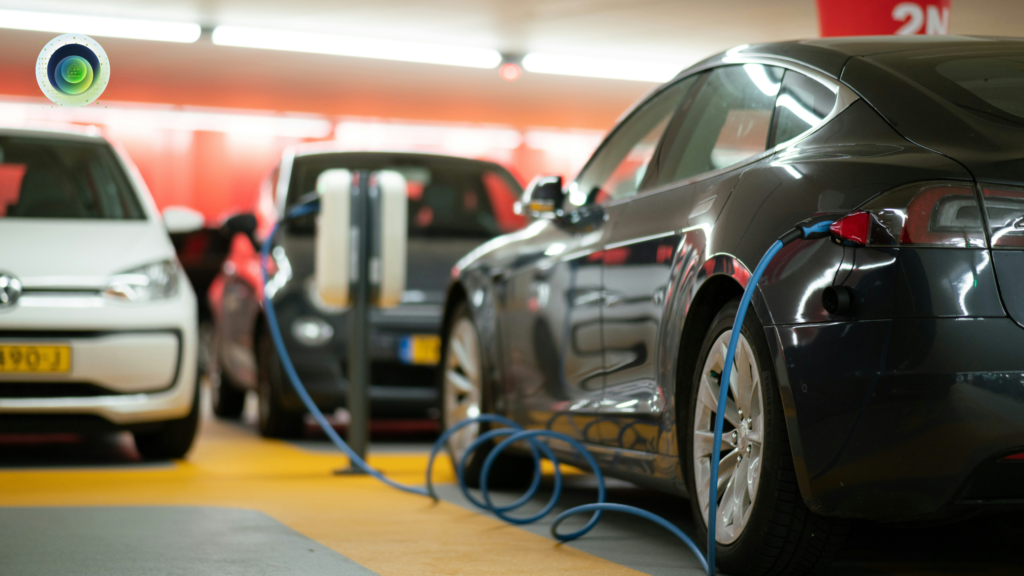The electric vehicle (EV) revolution is in full swing, and with it comes a growing need for reliable and accessible charging infrastructure. Two key players in this ecosystem are e-Mobility Service Providers (eMSPs) and Charge Point Operators (CPOs). While both are critical to the EV charging experience, they serve very different roles. In this article, we will dive into the key difference between eMSP and CPO.
What is a Charge Point Operator (CPO)?
A Charge Point Operator (CPO) is the backbone of EV charging infrastructure. CPOs are responsible for installing, maintaining, and operating the physical charging stations. They ensure that EV drivers have access to reliable and functional chargers wherever they go.
What Does a CPO Do?
- Deploys Charging Stations: CPOs install chargers at strategic locations like highways, parking lots, and shopping centers.
- Maintains Infrastructure: They handle the upkeep of charging stations, ensuring they’re always operational.
- Manages Energy Supply: CPOs oversee the power supply to chargers, often integrating renewable energy sources.
- Partners with Site Hosts: They collaborate with property owners to install chargers on private or commercial properties.
How Do CPOs Make Money?
- Charging fees paid by EV drivers.
- Revenue-sharing agreements with site hosts.
- Government incentives for deploying charging infrastructure.
Examples of CPOs:
- Tesla Superchargers: A proprietary network of fast chargers.
- Electrify America: A leading CPO in the U.S. with a vast network of DC fast chargers.
- Ionity: A European CPO focused on high-power charging along highways.
What is an e-Mobility Service Provider (eMSP)?
An e-Mobility Service Provider (eMSP) is the digital bridge between EV drivers and charging networks. eMSPs provide platforms that allow drivers to find, access, and pay for charging across multiple CPO networks. Think of them as the “roaming partners” of the EV world.
What Does an eMSP Do?
- Facilitates Access: eMSPs partner with multiple CPOs, enabling drivers to use a single app or card to access different networks.
- Provides User Interfaces: They offer apps, websites, or RFID cards for locating chargers, starting sessions, and making payments.
- Handles Billing: eMSPs consolidate charges from various CPOs into one invoice or subscription plan.
- Offers Customer Support: They assist drivers with issues like troubleshooting or billing disputes.
How Do eMSPs Make Money?
- Subscription fees from EV drivers.
- Transaction fees for each charging session.
- Partnerships with CPOs or other stakeholders.
Examples of eMSPs:
- ChargePoint: A platform that aggregates charging stations from multiple networks.
- PlugShare: A popular app for locating chargers worldwide.
- Shell Recharge: Offers access to a wide range of charging networks through its app.
Key Differences Between CPOs and eMSPs
CPOs focus on the physical infrastructure, handling the installation, maintenance, and operation of charging stations. They own or manage the hardware and ensure it’s functional and accessible. In contrast, eMSPs focus on the digital side, providing platforms that allow drivers to locate, access, and pay for charging across multiple networks. They don’t own the hardware but act as intermediaries, enhancing the user experience.
How eMSP and CPO Work Together
CPOs and eMSPs are two sides of the same coin. Here’s how they collaborate:
- Roaming Agreements: eMSPs partner with CPOs to let drivers access multiple networks seamlessly.
- Interoperability: eMSPs ensure their platforms work with CPO hardware and software.
- Data Sharing: CPOs provide real-time charger data to eMSPs, which is relayed to drivers.
- Customer Reach: CPOs benefit from eMSPs’ broad user base, while eMSPs enhance their value by offering access to more chargers.
Why the Distinction Matters
For EV drivers, understanding the difference helps them choose the right services. Frequent travelers might prefer eMSPs with extensive roaming agreements, while local drivers might focus on reliable CPOs.
For businesses and investors, recognizing these roles is key to making informed decisions. A company might invest in becoming a CPO to build infrastructure, while a tech startup might develop an eMSP platform to enhance user experience.
The Future of eMSP and CPO
As the EV market grows, CPOs and eMSPs will evolve:
- Greater Integration: They’ll work more closely to offer seamless charging solutions.
- Innovation: eMSPs may introduce features like dynamic pricing or loyalty programs.
- Expansion: CPOs will expand infrastructure, while eMSPs will focus on improving accessibility.
Conclusion
In the EV charging ecosystem, eMSP and CPO play complementary roles. CPOs build and maintain the physical infrastructure, while eMSPs provide the digital tools that make charging convenient. Together, they enable the transition to electric mobility, ensuring that EV drivers can charge easily and reliably wherever they go.
Whether you’re an EV driver, a business owner, or an industry enthusiast, understanding the difference between eMSP and CPO is key to navigating the future of transportation.




More Articles
Miten KotiCharge-hallintapaneeli auttaa havaitsemaan latauslaitteen varhaiset viat
KotiCharge Supports Harju Elekter Charger
Key Features of the KotiCharge Dashboard Beneficial to Housing Managers